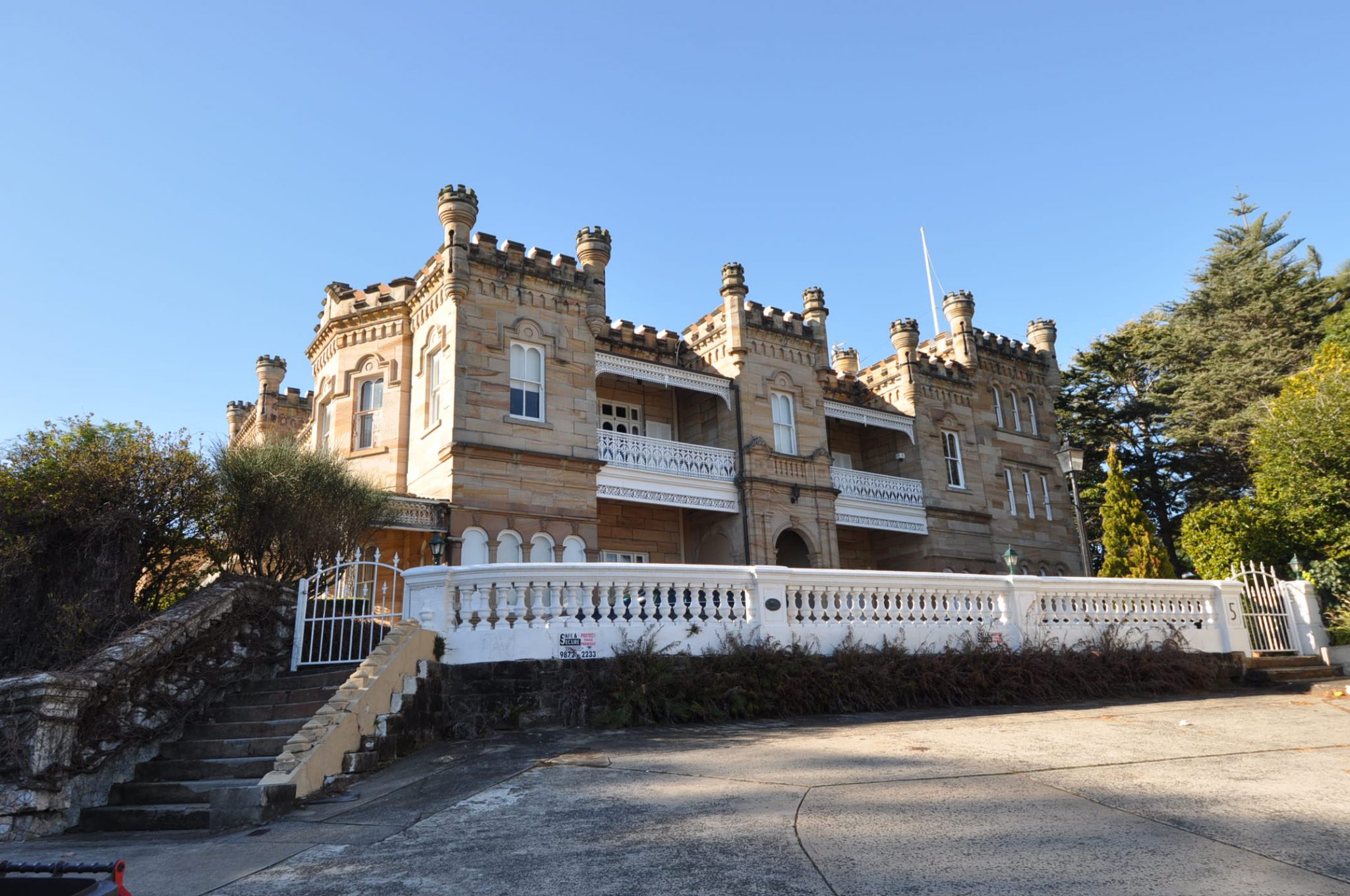Professional Associations
Over the last ten years, the efficacy of heritage as a public good in society has been in steady decline. In the late 20th century, heritage enjoyed rising prominence in the public consciousness and within evolving planning frameworks at every level of government. In the early 21st century however, heritage has diminished as a driving force of urban and environmental policy. What I have identified presents threats to the heritage sector in NSW.
A fundamental shift is that heritage as a private good has become marginalized under neoliberal styles of governance.
More than 90% of the approximate 26,000 listed items in NSW is privately owned (Productivity Commission – Conservation of Historic Heritage Places, 2006, 38). Economically, NSW’s planning framework has not properly embraced the real cost of maintaining this stock. In 2005, the Howard Government commissioned a seminal inquiry into Australia’s cultural built heritage policies. It recommended that all Australian governments (national, state and local) should progressively withdraw from direct involvement in the funding of privately owned heritage places (Productivity Commission, 2006).
Such a watershed decision has had profound implications for private owners of listed buildings because of a lack of government funding. There are few direct concessions as a consequence of becoming a heritage ‘listee’. Moreover, listing campaigns by local governments are plagued by poor roll outs and a paucity of information. Meanwhile, the State government has acquired rights to side-step or bypass heritage listings.
Local government which handles the lion share of cultural built heritage (CBH) is underfunded, under-resourced and incapacitated. In respect of its ability to deliver CBH services for the State’s stock of listed buildings which are predominantly privately owned, Wood’s review (2007) identified twelve critical failures in the current heritage management system:
- Commonwealth cost shifting without commensurate funding for local government;
- Owners bear costs yet the community receives the benefit without any direct cost to it;
- Lack of research programs to underpin heritage assessment and management;
- Shortage of conservation and heritage trade skills;
- Value of historic significance not adequately recognized;
- Local Government system not linked the national heritage system; 7
- Land values distorted by unrealistic development opportunities;
- Need for improved interface between heritage and planning;
- Lack of coordinated policy to encourage good adaptive re-use;
- Redevelopment pressures adversely affecting heritage conservation;
- Failure to capitalise on local cultural tourism as an economic driver;
- Lack of education and training programs for front desk local planning staff.
Picking up on some of these issues, and drawing primarily on a review of policy literature and submissions made to the PCR 2006, this submission sketches the major dimensions of this challenging environment for a workable heritage management systems (HMS) articulated through the Environmental Planning & Assessment Act. It canvasses five aspects of the decline of cultural built heritage (CBH) in NSW:
- The neoliberal policy framework within which the NSW government generally operates and its impact upon public goods such as CBH.
- Heritage listing processes at state and local government level.
- The failure of listing campaigns resulting from inadequate resourcing, poor information and negative perceptions by listees.
- The failure by authorities to acknowledge the cost burden placed upon private owners of CBH and the resultant inflexibility/ unworkability of policy.
- The lack of choice and options for listees of CBH with respect to financial opportunity and incentives.
Particular focus is then given to considering new funding models for privately owned CBH in NSW administered through the local and state heritage management jurisdictions. I suggest the exploration of a self-managed funding model for the future management of privately owned CBH.
Paul Rappoport – Heritage 21 – 30 October 2013
Related Articles

New Ways of Assessing Heritage Impact
The system we use today in NSW and Australia generally to assess heritage impact is limited and perhaps slightly old…
Read more
Taxing tourism to pay for cultural built heritage
The World Bank (2010) writes that a good investment climate for tourism, underpinned by a sound tax regime, can play…
Read more
Heritage-Tourism – Loving it to Death
How often have we all heard or read the phrase; “Tourism is a driver of economic development”.
Read more
Is Heritage in the Public or Private Interest?
Clearly, the development and pro- conservation approaches are like ships passing in the night. Will there ever be a happy…
Read more

Need help getting started?
Check out our guides.

Complete the form below to contact us today.









